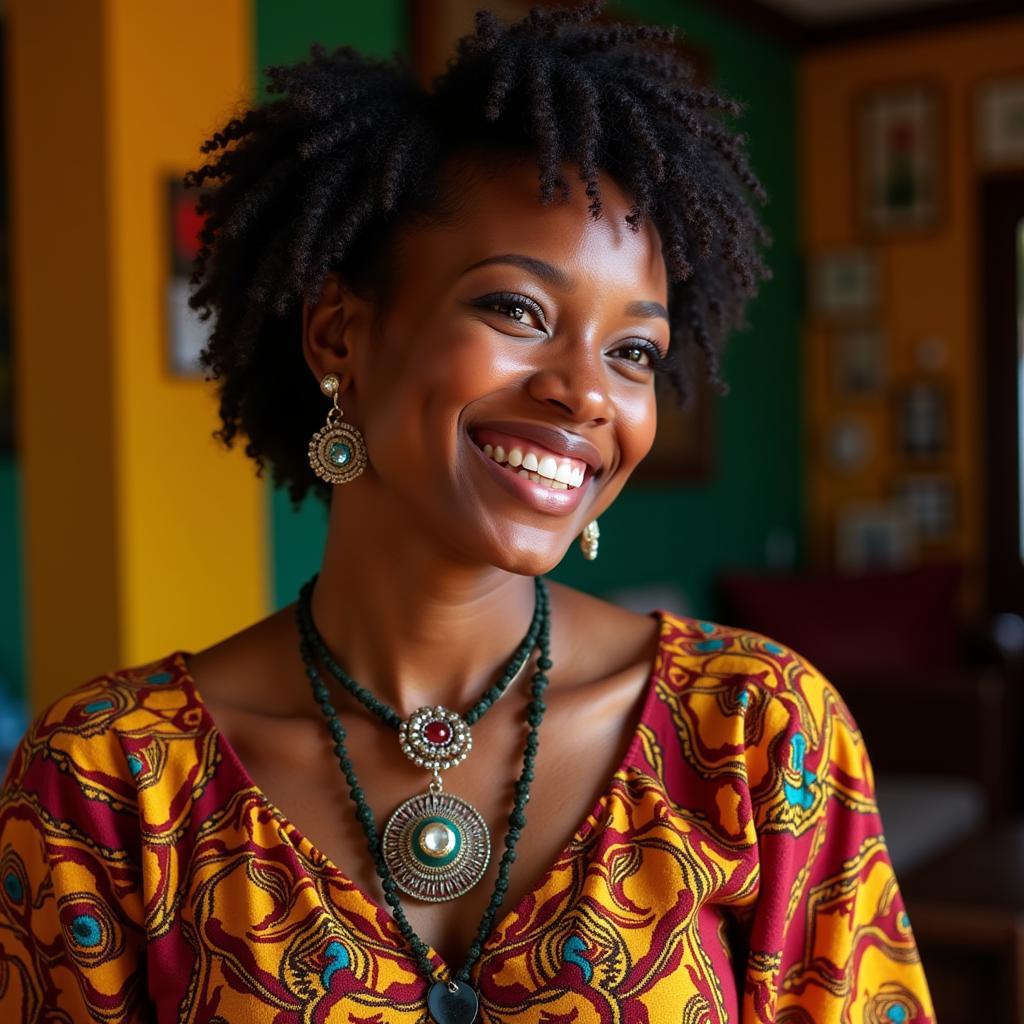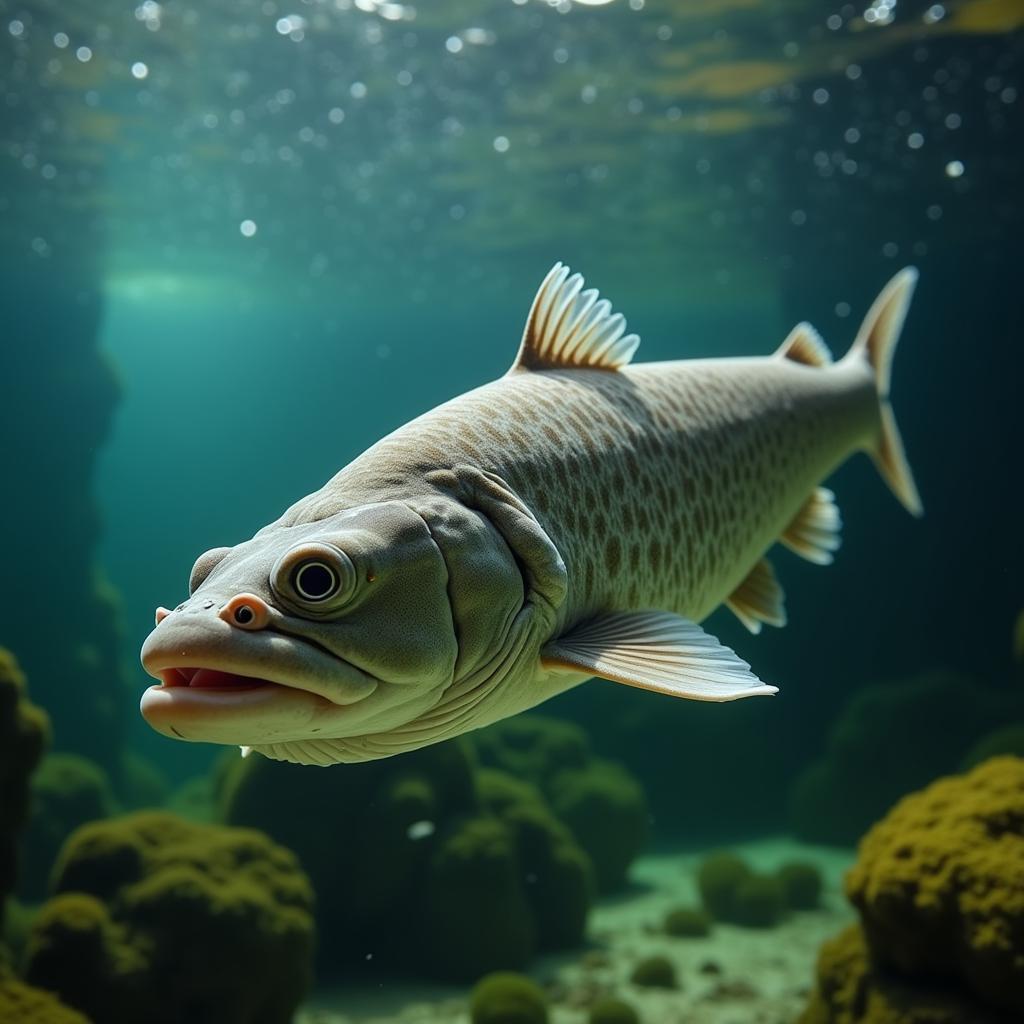Exploring the Vibrant World of African Dance Mix
African Dance Mix is more than just a catchy phrase; it’s a doorway to a universe brimming with rhythm, heritage, and raw expression. From the pulsating beats of Afrobeat to the hypnotic movements of traditional dances, this fusion of music and motion reflects the diverse tapestry of cultures woven across the African continent. This article delves into the captivating world of African dance mix, exploring its history, evolution, and global impact.
A Fusion of Tradition and Modernity
The beauty of African dance mix lies in its ability to seamlessly blend traditional dance forms with contemporary influences. Rooted in ancient rituals, celebrations, and storytelling, these dances have been passed down through generations, preserving cultural heritage and fostering a sense of community. Over time, however, globalization and cultural exchange have led to the fusion of these traditional elements with modern music genres like hip-hop, electronic dance music, and pop, resulting in a dynamic and ever-evolving art form.
The Power of Rhythmic Storytelling
African dance has always been more than just entertainment; it’s a powerful medium of storytelling. Through intricate footwork, fluid movements, and expressive gestures, dancers convey emotions, narrate historical events, and celebrate life’s milestones. Each dance tells a story, carrying the weight of history, spirituality, and cultural identity.
For instance, the “Agbekor” dance of the Ewe people of Ghana was traditionally performed before and after battles, its powerful drumming and energetic movements invoking a sense of strength and unity. Today, while still rooted in its historical context, the Agbekor has transcended its martial origins to become a celebration of cultural pride and resilience.
A Global Phenomenon
The infectious energy and captivating rhythms of African dance mix have captivated audiences worldwide. From dance studios to music videos and even fitness classes, its influence is undeniable. Artists like Beyoncé, Drake, and Rihanna have incorporated elements of African dance into their performances, introducing these vibrant movements to a global audience.
This global popularity has fostered cross-cultural understanding and appreciation, breaking down barriers and showcasing the beauty and diversity of African culture to the world.
The Many Faces of African Dance Mix
The beauty of African dance mix lies in its incredible diversity. From the energetic “Gwara Gwara” of South Africa to the sensual “Coupé Décalé” of Ivory Coast and the acrobatic “Ndau” of Zimbabwe, each region boasts unique styles and rhythms, reflecting the cultural nuances of its people.
[african hennur]
This diversity is further enriched by the fusion of traditional dances with contemporary music genres. For instance, Afrobeat, a genre popularized by Nigerian musician Fela Kuti, combines West African musical styles with elements of jazz and funk, creating a high-energy sound that has become synonymous with modern African dance music.
Experiencing the Magic of African Dance Mix
Whether you’re a seasoned dancer or simply appreciate the beauty of movement, there are countless ways to experience the magic of African dance mix. Attending a live performance allows you to witness the raw energy and emotion firsthand, while dance classes offer an opportunity to learn the steps and immerse yourself in the culture.
[african korean mixed]
Numerous online resources, including tutorials and documentaries, provide insights into the history, techniques, and cultural significance of various African dance forms.
Conclusion
African dance mix is a testament to the continent’s rich cultural heritage and its ability to embrace and transform global influences. It’s a celebration of rhythm, movement, and storytelling, a vibrant tapestry woven from tradition, innovation, and pure joy.
[african gang troll dance]
So, the next time you encounter an African dance mix, take a moment to appreciate the intricate movements, the infectious rhythms, and the stories they tell. You might just find yourself moving to the beat of a new cultural discovery.
FAQ
1. What are the different types of African dance?
There are countless styles across the continent. Some popular ones include:
- Gwara Gwara (South Africa): Energetic, featuring hip movements.
- Coupé Décalé (Ivory Coast): Sensual and playful, often associated with affluence.
- Ndau (Zimbabwe): Acrobatic and physically demanding, performed during ceremonies.
2. Can anyone learn African dance?
Absolutely! Many classes and online resources cater to all levels.
3. How does African dance contribute to storytelling?
It uses movement, gestures, and rhythms to convey emotions, historical events, and cultural narratives.
4. What’s the significance of costumes in African dance?
Costumes often reflect cultural identity, social status, and the specific story being told through the dance.
5. Where can I watch African dance performances?
Cultural centers, festivals, and online platforms often showcase live performances and documentaries.
Need further assistance?
Contact us at:
Phone Number: +255768904061
Email: [email protected]
Or visit us at:
Mbarali DC Mawindi, Kangaga, Tanzania.
Our customer support team is available 24/7.


